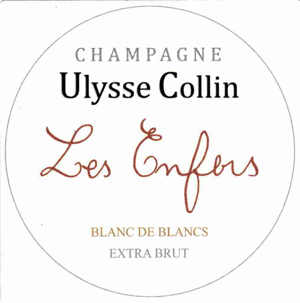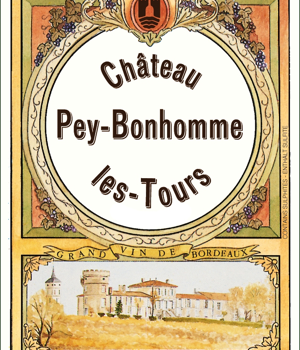As mercurial as it has been, Olivier Collin’s rise to Champagne cultdom was completely unexpected. As recently as 2000 Collin was more concerned about practicing law and merely dreaming of re-acquiring his family’s vineyards in the commune of Congy. Then in 2001, he secured an apprenticeship at Sélosse, and from that point forward everything changed. In 2003, leveraging his law experience, Olivier recovered control of the family vineyards in Congy in the Côtes Sézannais, which had been leased to Pommery. With the 2004 vintage, leveraging his experience with Anselme Sélosse, the first Ulysse Collin fruit was harvested. Sézanne as a vignoble is generally not held in high regard by the Champenois, despite the fact that most of the large Champagne houses source a significant amount of fruit from the region. But Collin’s belief has always been that the terroir is good (even exceptional), but that negligent winemaking and viticulture had earned the region’s not-so-stellar reputation. Great Champagne can indeed be made from this terroir, but the base wine has to be solid— a fact that quantity-minded producers tend to overlook. But Collin focuses first and foremost on making great vin clair from his vineyards. Each of his four parcels is fermented and aged separately in fourth-year Burgundy barrels. Fermentation and malolactic are slow and natural, frequently running into July and August of the year following the vintage. Aging takes place for at least another year before bottling and secondary fermentation. The terroir varies in the four Ulysse Collin parcels. His first vineyard, Les Pierrières, has a thin clay-limestone topsoil lying over a totally unique chalk-onyx bedrock. Les Roises, Les Maillons, and Les Enfers have heavier topsoil laid over limestone with a more sporadic intermixture of chalk.


